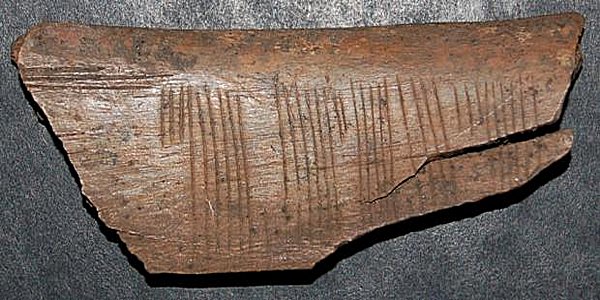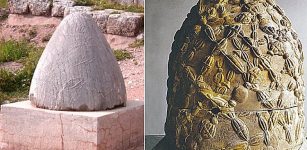Mysterious Viking Code Jötunvillur Deciphered By Norwegian Researcher
MessageToEagle.com – Why did the Vikings create the codes? This long unanswered puzzle has long baffled linguists and historians.
About 80 inscriptions with different rune codes have been found around Scandinavia and the British Isles. The oldest inscriptions can be dated back to the 800s.
The mysterious Viking code – jötunvillur – that has long eluded researchers has now very likely been deciphered.
It just might help solve the mystery of the Vikings’ secret codes that are found in many forms and contexts.
Why did Vikings sometimes use codes when they wrote in runes? Were the messages secret, or did they have other reasons for encrypting their runic texts?
Researchers still don’t know for sure.
Recently, an ancient Norse code was cracked by a code-breaker, Jonas Nordby from the University of Oslo, a Norwegian specialist in the study of runes and runic writings.
It’s commonly believed that the Vikings used cryptography for hiding secret messages. According to Nordby, the Vikings used codes for play, to exchange frequent daily messages and for learning the runes, rather than to communicate with.
Real-life Vikings and medieval Norse people carved runic codes onto sticks of wood, stones and other objects. Especially, runic codes drawn as figures also show that Vikings played with writing.
“The mysterious jötunvillur code, which dates to 12th or 13th-century Scandinavia, has been unravelled by K Jonas Nordby from the University of Oslo, after he studied a 13th-century stick on which two men, Sigurd and Lavrans, had carved their name in both code and in standard runes.”.
“The jötunvillur code is found on only nine inscriptions, from different parts of Scandinavia, and has never been interpreted before.

“The thing that solved it for me was seeing these two old Norse names, Sigurd and Lavrans, and after each of them was this combination of runes which made no sense,” said Nordby, who is writing his doctorate on cryptography in runic inscriptions from the Viking Age and the Scandinavian Middle Ages.
He then realized, he continued, that in jötunvillur, the rune sign is swapped for the last sound in the rune’s name, so for example the “m” rune, maðr, would be written as the rune for “r”.
“I thought ‘wow, this is the system, this is the solution, now we can read this text,” said Nordby. But the code turned out to be extremely confusing, because many runes end in the same sound, “so you have to decide which one to choose”.

So far, what he calls his “Rosetta stone”, which was found at Bergen wharf, is the only place in which it is possible to be sure what the jötunvillur code says, although he believes another rune stick may well have been inscribed with the name Thorstein, and another with the name Einar.

The sticks on which the code has been written, said Nordby, are “everyday objects, so you often find names on them, either because they used them to communicate that it was something they wanted to keep or sell, or for practising writing, or because they were talking about people so names occur frequently”.

Many rune sticks have been excavated in Scandinavia, dating back to the 1100s and 1200s, he said. Just a few use codes, and even fewer use the jötunvillur code. “They were used to communicate, like the SMSes of the Middle Ages – they were for frequent messages which had validity in the here and now,” he said.
“Maybe a message to a wife, or a transaction.”
The recent discovery “helps us understand that there were more codes than we were aware of. Each runic inscription we interpret raises our hopes of soon being able to read more. This is pure detective work and each new method improves our chances,” Henrik Williams, a professor at Uppsala University’s Department of Scandinavian Languages and a Swedish expert on runes said.
“They challenged the reader, demonstrated skills, and testify to a joy in reading and writing,” Williams adds.
What can the codes say about society at the time they were used?
“They tell us much about people’s playfulness and innovation. We come closer to the thoughts of people living at the time through understanding their codes. Nordby has made an important discovery by breaking the code.”
MessageToEagle.com
References:










